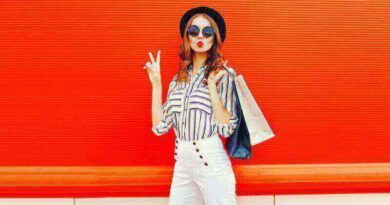Watercolor for Beginners and Professionals
The oldest form of painting, if not the oldest form of art itself, is watercolor painting. East Asians use “brush painting” or “scroll painting” to describe watercolor paintings with inks. The predominant medium in Chinese, Korean, and Japanese paintings have been inkstick or other pigments, frequently used in monochrome blacks or browns. Other nations with a lengthy history of watercolor painting include Ethiopia, India, and others. Especially in the early 19th century, many Western artists predominantly employed watercolor as a sketching medium to prepare the “final” work in oil or engraving. The term “colored sketches” was used to describe classic watercolors until the end of the eighteenth century.
Table of Contents
Components of watercolor panting
Watercolor paint is made up of four main components: a pigment, gum arabic, ox gall, honey, and preservatives as additives to change the viscosity, hiding, durability, or color of the pigment and vehicle mixture, as well as evaporating water as a solvent to thin or dilute the paint before applying it.
Any painting medium applied with a brush, pen, or sprayer that uses water as a solvent is referred to as water media in a more generic sense. This includes the majority of inks, watercolors, tempera, casein, gouaches, and contemporary acrylic paints.
When a complex carbohydrate is used as a binder in paint, it is referred to as a “watercolor.” The preferred binder for watercolors since the 19th century is natural gum arabic, with glycerin and/or honey as additives to improve the binder’s plasticity and solubility and with other chemicals added to improve product shelf life. Originally (in the 16th to 18th centuries), watercolor binders were sugars and/or hide glues.
In contrast to transparent paint, opaque paint is called “body color.” Usually, it’s speaking of gouache, an opaque type of watercolor. A dispersion of acrylic resin serves as the binder in contemporary acrylic paints.
How to choose the best watercolor palettes?
AMOUNT OF COLORS
The beautiful thing about watercolor paint is that you can mix colors to dramatically expand your color palette without buying many different hues. Therefore, you should start with 5 to 10 colors to test them out before making a larger expenditure if you’re considering upgrading to artist-quality paint.
Of course, colors made of a single pigment will be brighter than those made of multiple pigments, but some painters swear by starting with a small selection of single colors and expanding from there. This will largely depend on your preferences and the goals you are pursuing.
PERMANENCE LEVEL
The permanence of paint is its resistance to exposure to light and dampness. This is largely based on the caliber of the pigments and whether any filler is included in the paint to reduce costs. The term permanence is also used to refer to lightfastness. You should check your label to see how each color performs on the ASTM (American Society for Testing and Materials) rating scale. You’re searching for an I (excellent) or II (good) in this category, and most brands, including Winsor & Newton, will also offer this information online.




